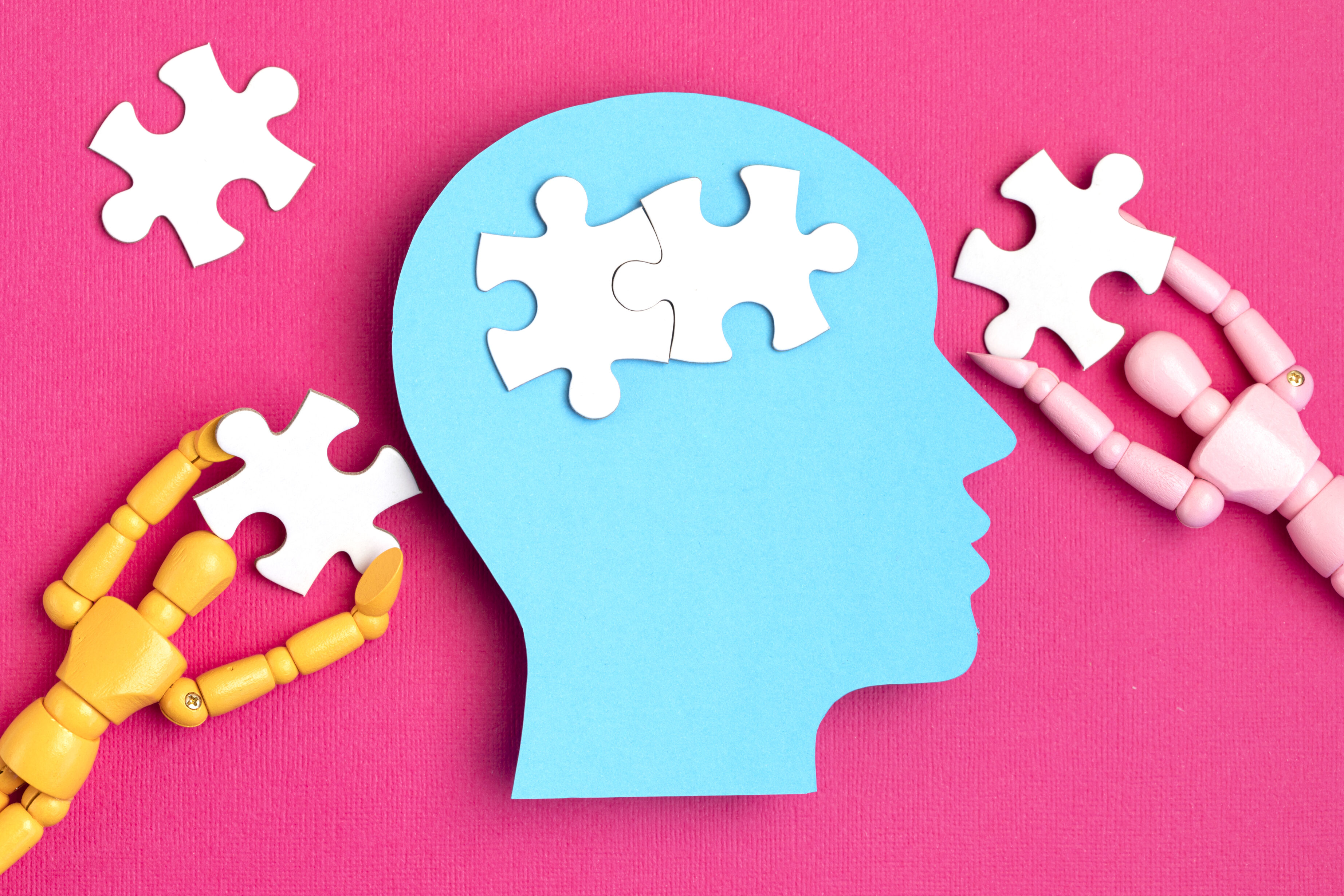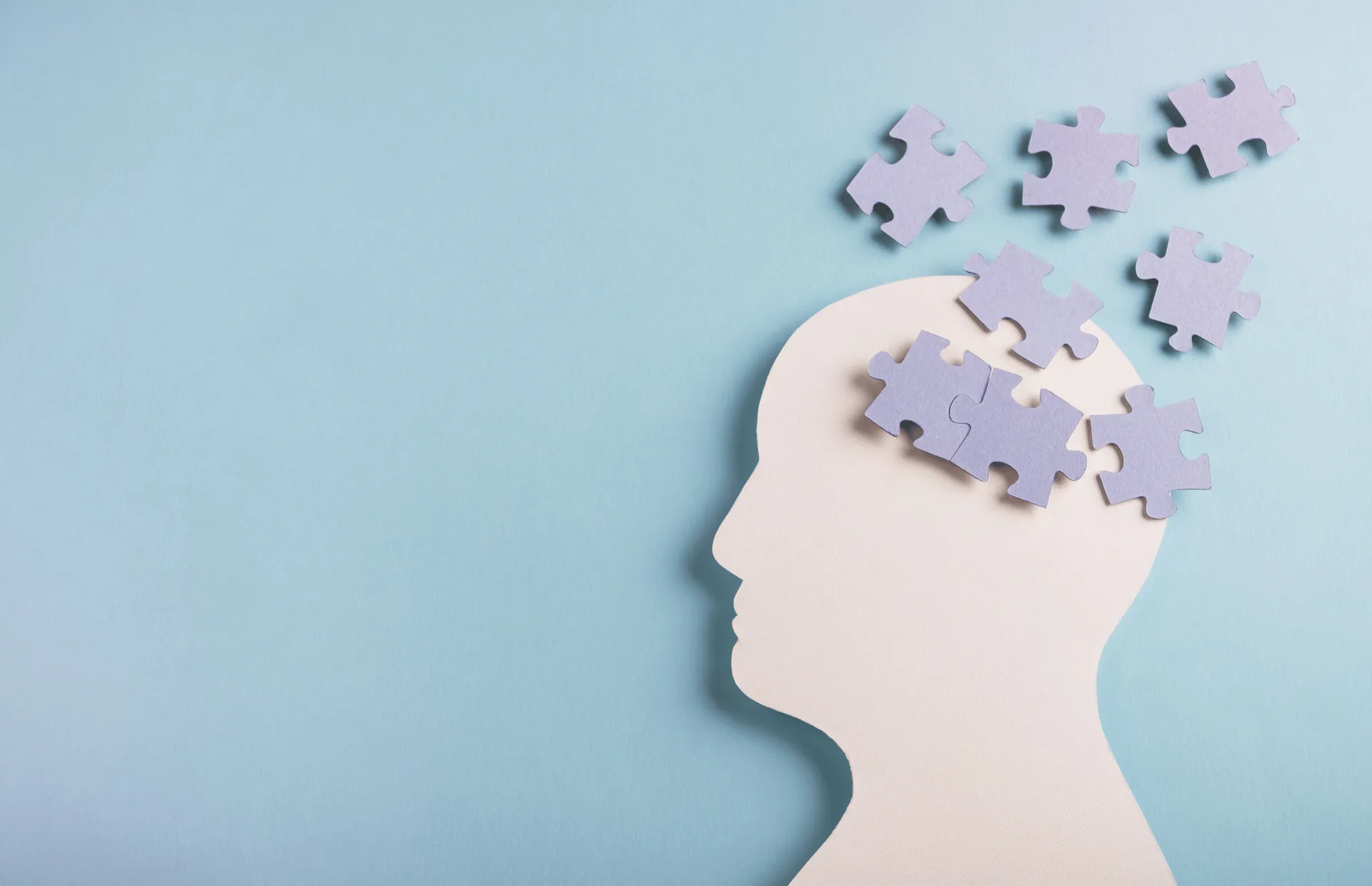Migraine treatment has evolved significantly over the years, moving from simple pain management strategies to a sophisticated understanding of the condition’s neurological basis. Today, the landscape of migraine care encompasses a wide range of options, from time-tested therapies to the forefront of medical innovation. This article explores the diverse treatments available for migraine sufferers, highlighting the latest research on novel therapies and how technology is reshaping the future of migraine care.
Traditional Therapies: The Foundation of Migraine Management
Traditional approaches to migraine treatment typically involve a combination of medication and lifestyle adjustments. Over-the-counter (OTC) pain relievers, such as ibuprofen and acetaminophen, are commonly used, alongside prescription medications like triptans, which are specifically designed to treat migraine by constricting blood vessels and blocking pain pathways in the brain.
Preventive medications, including beta-blockers, antidepressants, and anticonvulsants, aim to reduce the frequency and severity of migraine attacks. Meanwhile, lifestyle modifications—such as maintaining a regular sleep schedule, managing stress, avoiding known triggers, and staying hydrated—are also crucial components of comprehensive migraine management.
The Rise of Targeted Therapies: CGRP Inhibitors
One of the most significant advancements in migraine treatment is the development of calcitonin gene-related peptide (CGRP) inhibitors. CGRP is a neurotransmitter involved in migraine attacks, and these innovative medications work by blocking its action. Available in both injectable and oral forms, CGRP inhibitors have been shown to effectively reduce the frequency of migraine attacks with fewer side effects than some traditional medications.
Neuromodulation Techniques: Technology Meets Treatment
Neuromodulation techniques represent a cutting-edge approach to migraine treatment, utilizing devices that alter nerve activity through electrical or magnetic stimulation. Transcranial magnetic stimulation (TMS) and non-invasive vagus nerve stimulation (nVNS) are among the technologies that have shown promise in reducing migraine symptoms and attack frequency. These methods offer a drug-free alternative for patients who are unable to tolerate medications due to side effects or contraindications.
The Potential of Lifestyle and Dietary Interventions
Emerging research suggests that certain lifestyle and dietary interventions may play a role in managing migraine. Diets low in processed foods and high in omega-3 fatty acids, magnesium, and riboflavin have been associated with reduced migraine frequency. Additionally, mindfulness-based stress reduction, yoga, and aerobic exercise are being studied for their potential to alleviate migraine symptoms by reducing stress and improving overall well-being.
The Future of Migraine Care: Personalized and Precision Medicine
As our understanding of migraine continues to grow, the future of migraine treatment lies in personalized and precision medicine. Genetic profiling and biomarker analysis may soon allow for treatments that are tailored to an individual’s specific biological makeup, offering more effective and targeted care. Ongoing research into the genetic and environmental factors that contribute to migraine holds the promise of developing novel therapies that address the root causes of the condition.
Navigating the Path Forward
The journey through migraine treatment is highly individual, with the most effective approach varying from one person to another. As the field of migraine research advances, the introduction of innovative treatments and technologies offers new hope for those affected by this debilitating condition. Collaboration between patients and healthcare providers is essential in navigating the myriad of treatment options, ensuring that each individual finds the strategy that best suits their needs and lifestyle.









